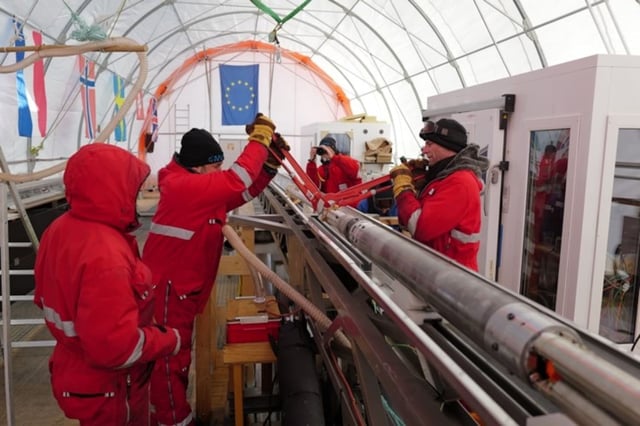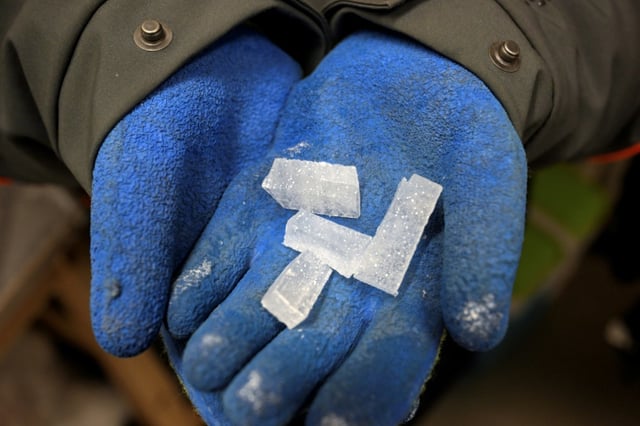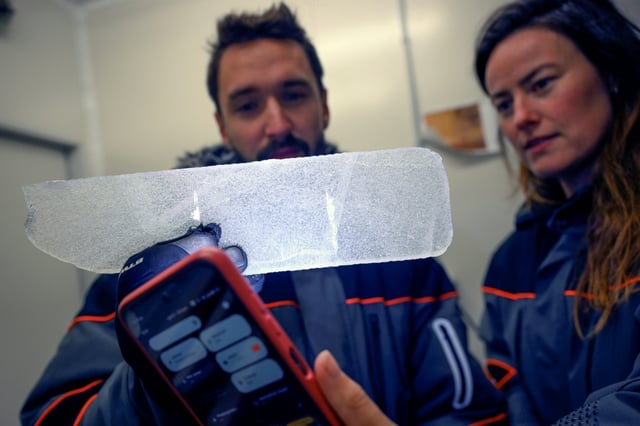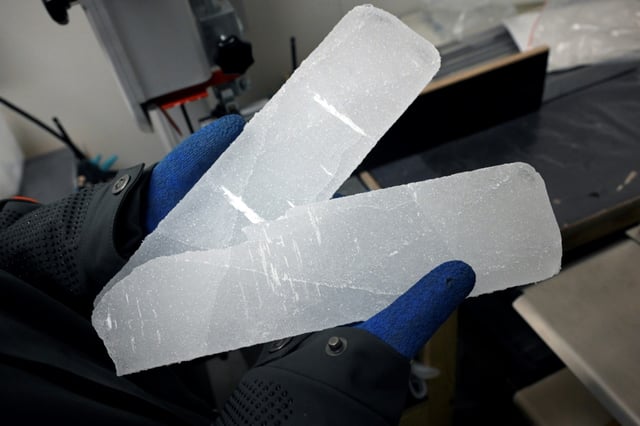Overview
- The EU-funded Beyond EPICA consortium’s drilling at Little Dome C reached 2,800 meters, yielding ice cores over 1.5 million years old that are now undergoing melt analyses in Cambridge.
- A VUB team’s 15 cores totalling 60 meters from a satellite-identified blue ice zone near Princess Elisabeth station are being sectioned in Brussels and sent to laboratories in France and China for dating.
- British Antarctic Survey researchers have commenced a seven-week slow-melting process to release trapped air bubbles, ancient dust, volcanic ash and diatoms for paleoclimate reconstruction.
- Teams aim to use these findings to refine CO₂–temperature relationships during warmer past climates and improve projections of future climate change.
- Preparations are under way for a deeper follow-up drilling campaign at the Brussels blue ice site in 18 months to target even older ice layers.



